Modern Indian History GK For CTET Exam:
1. Who among the following introduced the Subsidiary Alliance System?
(A) Lord Dalhousie
(B) Lord Wellesley
(C) Lord Bentinck
(D) Lord Canning
Ans: Lord Wellesley (B)
2. In which year did Dalhousie become Governor-General of India?
(A) 1858
(B) 1848
(C) 1838
(D) 1849
Ans: 1848 (B)
3. Sister Nivedita was a disciple of________
(A) Annie Besant
(B) Swami Vivekananda
(C) Ramakrishna Paramhans
(D) Henry Vivian Derozio
Ans: Swami Vivekananda (B)
4. Who was associated with the ‘Shuddhi Movement’?
(A) D.V. Karve
(B) Jyotiba Phule
(C) Madan Mohan Malviya
(D) Dayanand Saraswati
Ans: Dayanand Saraswati (D)
5. Who is known as the ‘Father of Indian Unrest’?
(A) Bhagat Singh
(B) Subash Chandra Bose
(C) Bal Gangadhar Tilak
(D) Veer Savarkar
Ans: Bal Gangadhar Tilak (C)
6. When was Annie Besant elected as President of the Indian National Congress?
(A) 1914
(B) 1915
(C) 1916
(D) 1917
Ans: 1917 (D)
7. Who among the following is a Moderate Leader?
(A) Bal Gangadhar Tilak
(B) Bhagat Singh
(C) Gopal Krishna Gokhale
(D) Bipin Chandra Pal
Ans: Gopal Krishna Gokhale (C)
8. Who was the Viceroy of India from 1899 to 1905?
(A) Curzon
(B) Ripon
(C) Minto II
(D) Dufferin
Ans: Curzon (A)
9. When did the Partition of Bengal come into effect?
(A) 16 October 1905
(B) 16 November 1905
(C) 16 December 1905
(D) 16 January 1905
Ans: 16 October 1905 (A)
10. In which city did Gandhiji form the Satyagraha Sabha?
(A) Delhi
(B) Bombay
(C) Agra
(D) Gwalior
Ans: Bombay (B)
11. Who was the Governor-General at the time of the revolt of 1857?
(A) Lord Irwin
(B) Lord Cornwallis
(C) Lord Canning
(D) Lord Lytton
Ans: Lord Canning (C)
12. In which year was the title of Governor General changed to Viceroy?
(A) 1857
(B) 1856
(C) 1859
(D) 1858
Ans: 1858 (D)
13. How many miles did Gandhiji cover during the Dandi March?
(A) 200
(B) 250
(C) 260
(D) 240
Ans: 240 (D)
14. Who founded Fort William College for the training of Civil Servants?
(A) Lord Canning
(B) Lord Wellesley
(C) Lord Dalhousie
(D) Lord Dufferin
Ans: Lord Wellesley (B)
15. The Calcutta Hindu College was founded by Raja Rammohan Roy and David Hare in the year________
(A) 1822
(B) 1813
(C) 1817
(D) 1819
Ans: 1817 (C)
16. Who was known as ‘Andhra Kesari’?
(A) Alluri Sitarama Raju
(B) Uyyalawada Narasimha Reddy
(C) Tanguturi Prakasam
(D) Gottipati Brahmaiah
Ans: Tanguturi Prakasam (C)
17. The ‘Chauri Chaura’ incident took place on_______
(A) 4 March, 1922
(B) 4 February, 1922
(C) 4January 1922
(D) 4 April 1922
Ans: 4 February, 1922 (B)
18. The Civil Disobedience Movement lasted from______
(A) 1930 to 1934
(B) 1940 to 1943
(C) 1920 to 1922
(D) 1942 to 1945
Ans: 1930 to 1934 (A)
19. The demand for ‘Purna Swaraj’ was raised on the banks of the river______
(A) Satluj
(B) Ravi
(C) Chenab
(D) Sindhu
Ans: Ravi (B)
20. Who was the President of the Indian National Congress at the historic Lahore Session of 1929?
(A) Surendranath Banerjee
(B) Subash Chandra Bose
(C) Pheroz Shah Mehta
(D) Jawaharlal Nehru
Ans: Jwawharlal Nehru (D)
21. When was Sati Pratha abolished?
(A) 1828
(B) 1829
(C) 1826
(D) 1827
Ans: 1829 (B)
22. Who is known as the grand old man of India?
(A) Gopal Krishna Gokhale
(B) A.O. Hume
(C) Mahatma Gandhi
(D) Dadabhai Naoroji
Ans: Dadabhai Naoroji (D)
23. When was Bhagat Singh hanged?
(A) 23 March 1931
(B) 24 March 1931
(C) 24 January 1931
(D) 2 February 1932
Ans: 23 March 1931 (A)
24. Who was the President of All India National Congress, Haripura Session of 1938?
(A) Sardar Vallabhbhai Patel
(B) Subhash Chandra Bose
(C) Jawaharlal Nehru
(D) Mahatma Gandhi
Ans: Subhash Chandra Bose (B)
25. Who among the following was NOT martyred in the Revolt of 1857?
(A) Rani Laxmibai
(B) Mangal Pandey
(C) Tatya Tope
(D) Bahadur Shah II
Ans: Bahadur Shah II (D)
26. In which city was the resolution of the Quit India was passed?
(A) Agra
(B) Ahmedabad
(C) Bombay
(D) Delhi
Ans: Bombay (C)
27. _______ was the British Governor-General during the Second-Anglo Mysore war.
(A) Lord Warren Hastings
(B) Lord Lytton
(C) Lord Ripon
(D) Lord Wellesley
Ans: Lord Warren Hastings (A)
28. When did the Indian National Congress demand ‘Purna Swaraj’?
(A) 1929
(B) 1942
(C) 1947
(D) 1928
Ans: 1929 (A)
29. The Revolt of Jhansi was suppressed by_________
(A) TR Holmes
(B) Hugh Rose
(C) John Nicholson
(D) Colin Campbell
Ans: Hugh Rose (B)
30. What is called as Magna Carta of English Education in India?
(A) Hartog Committee Report
(B) Minutes on Indian Education by Lord Macaulay
(C) The Charter Act of 1833
(D) Wood’s Despatch
Ans: Wood’s Despatch (D)
31. Who described Gandhiji’s march to Dandi as ‘Like the historic march of Ramchandra to Lanka, the march of Gandhi will be memorable?
(A) Lala Lajpatrai
(B) Motilal Nehru
(C) Vinoba Bhave
(D) Sardar Vallabhbhai Patel
Ans: Motilal Nehru (B)
32. Who is remembered for the Rampa Rebellion of 1922-24?
(A) Pingali Venkayya
(B) Kalluri Chandramouli
(C) Alluri Sitarama Raju
(D) Gottipati Brahmaiah
Ans: Alluri Sitarama Raju (B)
33. The ‘Go back Simon Commission’ slogan by Tanguturi Prakasam was given on_______
(A) 3 February 1928
(B) 3 June 1928
(C) 3 October 1928
(D) 3 December 1928
Ans: 3 February 1928 (A)
34. What is the name of the Journal started by Annie Besant?
(A) Indian
(B) The India
(C) New India
(D) Independent India
Ans: New India (C)
35. Who was the first Indian to become a member of the British Parliament?
(A) Dadabhai Naoroji
(B) D.N. Vacha
(C) W.C. Banerjee
(D) Subhash Chandra Bose
Ans: Dadabhai Naoroji (A)
36. Which viceroy appointed the ‘Hunter Commission’?
(A) Lord Ripon
(B) Lord Curzon
(C) Lord Irwin
(D) Lord Lytton
Ans: Lord Ripon (A)
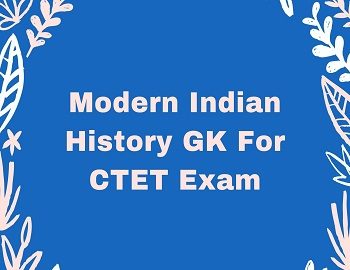
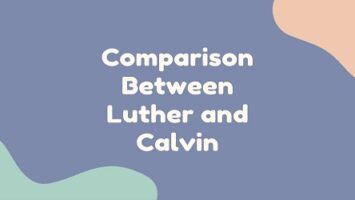

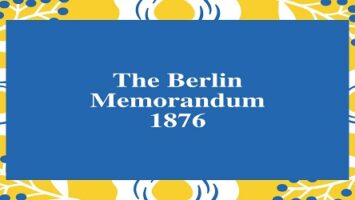
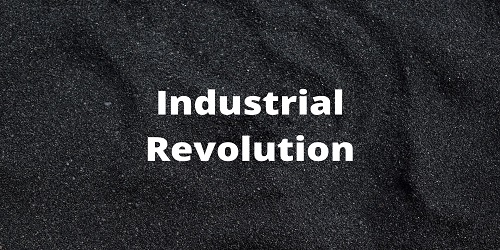
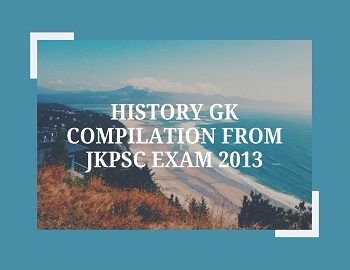
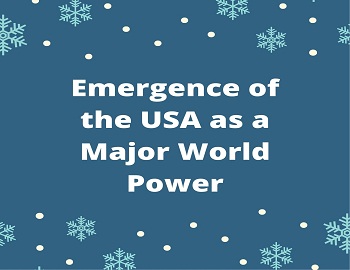
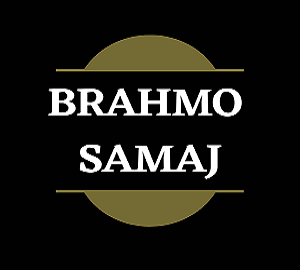
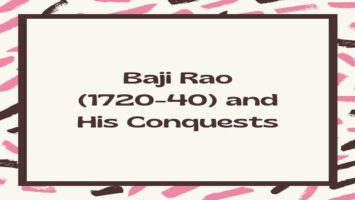
Comments (No)